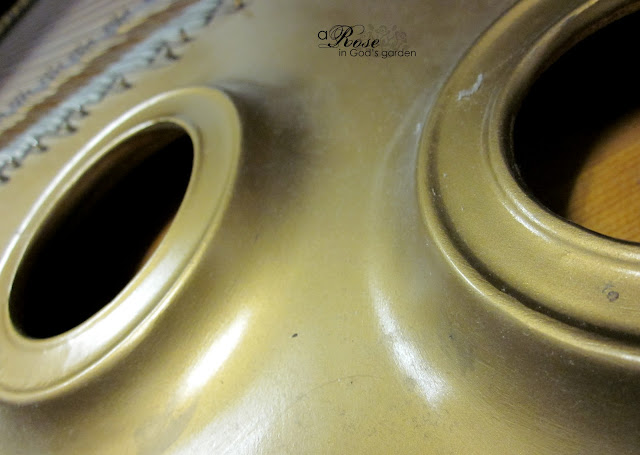When I was five, my grandparents bought my family an upright piano. At the time, I loved sitting down in front of it and just hitting notes, listening with pleasure to the sounds I could make by simply pressing down a key. Not until I grew older and looked inside a piano did I discover just how many mechanisms the piano had to take my pressing down a key and turn it into sound. A whole lot happened inside there that I knew nothing about! Suddenly, a whole new world opened up, even with my limited knowledge of the inner workings of a piano. And as I learned more, I grew to love and appreciate it even deeper. So, I would like to give a tour of the piano to those who love it, hate it, or know it only as something to hold down the carpet. In order to understand exactly how a piano works, one must know the basic components: the keys, the action, the strings, and the soundboard.

Most people never come in contact with this next component of the piano: the action. This mechanism rests on the back of the piano key, transferring the strike of the key through the hammer to the strings. At least 21 different parts work together to make up this mechanism, and each has their own role. Therefore, people find it hard to understand the action in detail without seeing it. However, William B. White, in his book Theory and Practice of Piano Construction explains the basic idea of this device: when someone strikes the key, the back end of the key goes up. The action goes up with the back end of the key, and creates a chain reaction of levers and wheels and acting upon the felt-tipped hammer. The hammer strikes the string firmly and then rebounds, leaving the string free to vibrate. The levers hold the hammer in position to strike again as soon as the person playing the piano lifts the key up and presses it again. (102-105).

Another part of the action is the dampers, though they lay on top of the strings instead of underneath with the rest of the action. The dampers are small pieces of wood with stacked felt bottoms which lay on top of the strings. They act like soft clamps, deadening the vibration of the string (and thus the sound) as long as they lay on top of the strings. When the hammer hits the string, part of the action also pushes the damper up off of the strings. So as long the person playing the piano holds the key down, the damper will stay up, letting the string vibrate. But as soon as the person lets go of the key, the damper falls back onto the string again, stopping the sound. Thus, the piano can produce quick sounds as well as sounds that resonate for a long time.


The mechanism of the action takes action upon the strings. I once heard the strings called the “guts” of a piano, and they certainly look like it. Made out of cast-steel wire, they grow progressively thicker from the treble to the bass. The bass strings are wound with copper wire on top of the cast-steel to make them even thicker on lowest notes. In the middle and towards the treble, each note has two and then three strings, increasing the sound in the higher notes. Bernard Richardson, author of the article “The Acoustics of the Piano,” states that this type of stringing gives an effect called “dual decay,” which means the initial sound deteriorates rapidly, but the “aftersound,” or echo of sound, reverberates for a much longer time. So the ear hears a longer, louder sound (108). Also, since people prefer smaller, more compact musical instruments, they string the bass notes diagonally over the treble. This “overstrung” pattern allows for longer bass strings while conserving space. This pattern of laying the strings out gives the piano (especially the grand piano) its unique shape.
 |
| The holes in the iron plate to let the sound out. |
The strings attach to an iron plate which is bolted to the frame through holes in the soundboard. The plate holds everything together and keeps the tightness of the strings from snapping the frame of the piano. The other end of the strings attaches to pins embedded in the “pinblock,” a block of wood which lies towards the front of the piano next to the action of the keys. These pins are called “tuning pins” because they enable a piano tuner to tune the piano simply by twisting them to make the strings longer or shorter. Changing the length of the strings changes their pitch as well. The shorter the string the higher the pitch will be, and vice versa.
 |
| The pinblock with the tuning pins |
 |
| View of the soundboard from the back of the piano towards the keys. You can see the iron plate with the pin sticking through it above the soundboard. |











0 vivid thoughts:
Post a Comment